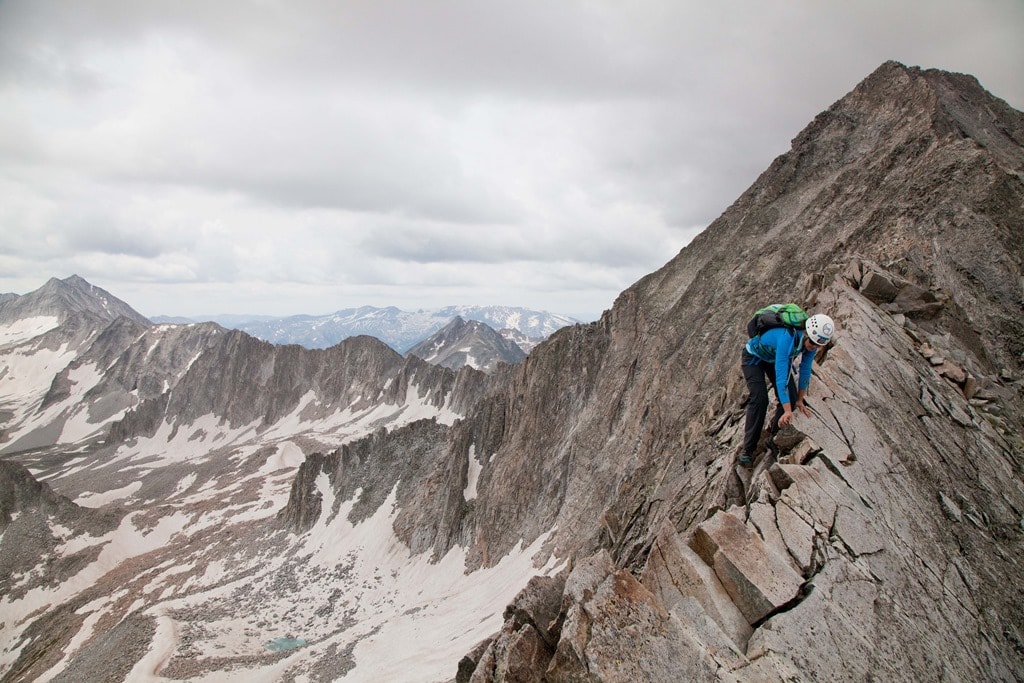
A climber fell to his death from the iconic “Knife’s Edge” on 14,137′ Capital Peak, CO on Sunday, according to the Pitkin County Sheriff’s Office.
His body was unable to be recovered by search and rescue crews yesterday.
The Pitkin County Sheriff’s Office reports that it was contacted by a hiker who saw the climber fall from “Kinfe Edge” at 8:20am.
A Flight for Life helicopter was dispatched to the scene and dropped rescuers on the mountain. Rescuers were able to report “that the hiker had injuries that were not compatible with life,” according to a Pitkin County Sheriff’s Office’s news release.
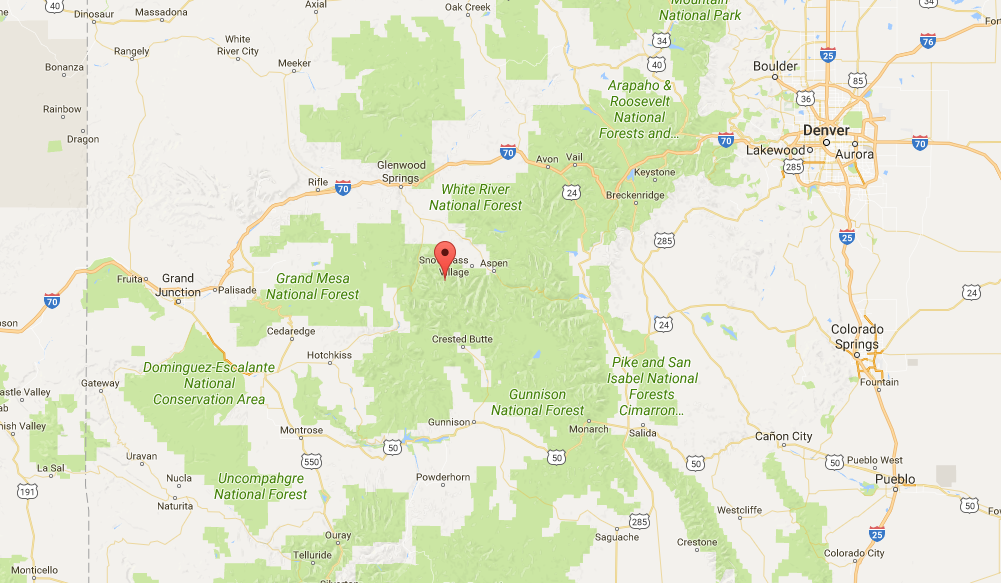
Officials report that they’ll attempt to recover the body on Wednesday.
This was 2nd climbing fatality on Capital Peak in less than a month and the 5th climbing fatality on Colorado’s 14ers this year.
There have been deaths on Maroon Bells, Longs Peak, and Mt. Princeton.
Capital Peak is widely considered the most difficult of all the 54 14ers in Colorado.
There are 54 14ers in Colorado and ‘bagging’ them is a very popular summer pastime in Colorado that draws climbers from all over the world.
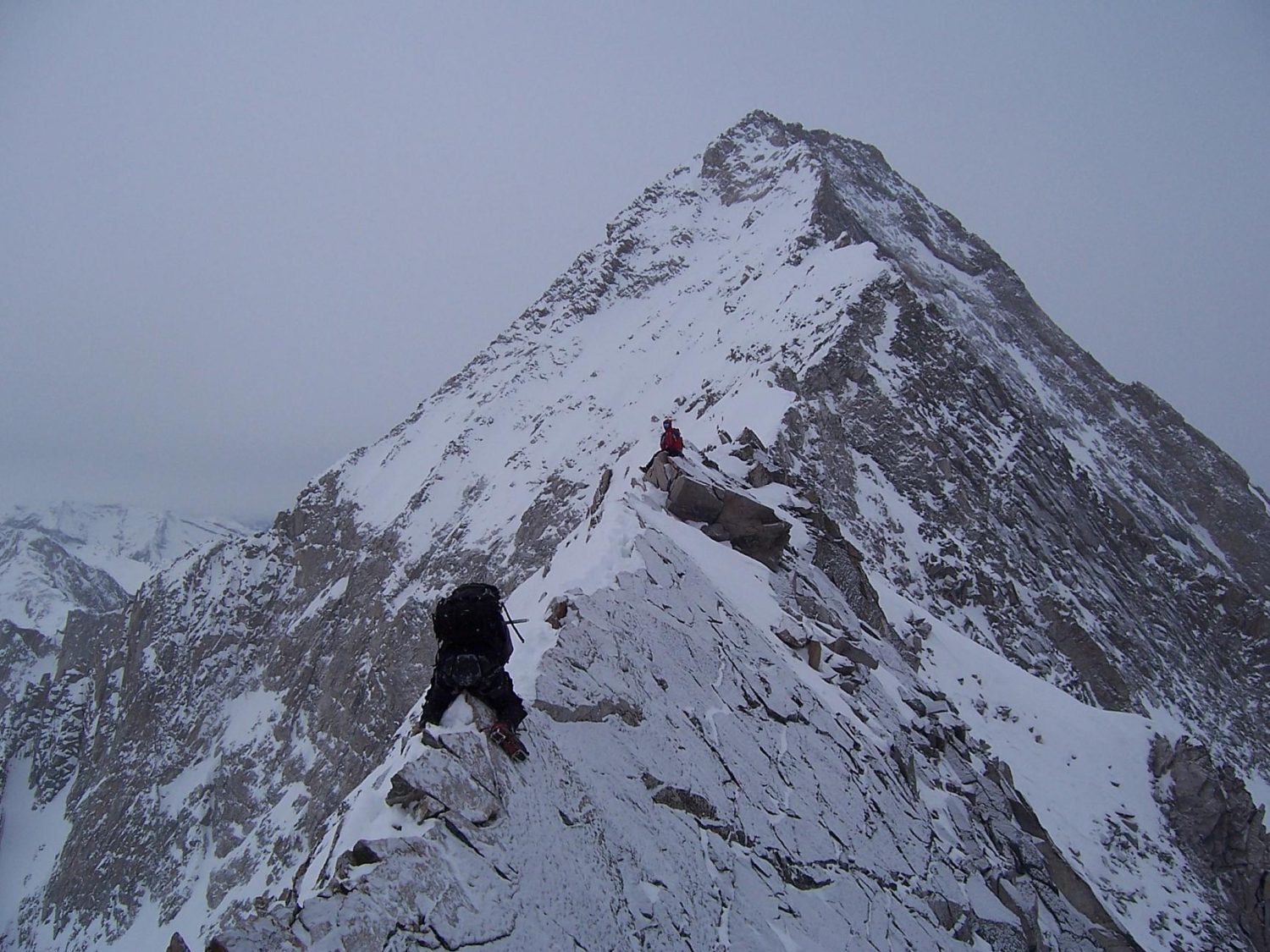
Pitkin County Sheriff’s Office Press Release:
Pitkin County, Colorado – August 6, 2017 – At approximately 8:20 am Pitkin County Regional Emergency Dispatch Center received a call from a hiker ascending Capitol Peak. The hiker explained that a hiker in a group in front his group was about to cross the “knife’s edge” on Capitol peak and fell off the east side. A deputy with the Pitkin County Sheriff’s Office met with members from Mountain Rescue Aspen (MRA) at the C.B. Cameron Rescue Center to start a rescue mission.
Member of the all volunteer MRA gathered at the rescue center and were sent into the field on foot as well as being inserted into the field on a Flight For Life helicopter from Summit County. The foot team that was inserted by helicopter was able to determine that the hiker had injuries that were not compatible with life. Due to the precarious area of the decedent it was decided that a recovery mission would have to be postponed until a better weather opportunity arose, possibly Wednesday morning.
The name of the hiker is being held pending notification to his family.
video of Knife’s Edge on Capital Peak, CO
COLORADO 14er SAFETY INFORMATION:
by Steven Agar/SnowBrains
With over 260,000 summit trips every year in Colorado, a figure which is increasing as more and more people attempt to ‘bag a 14er’, experts are keen to emphasise that these ‘approachable Everests’, even the easy ones, can be treacherous.
Some are tough, technical climbs whereas others are walk-ups. Either way, all require a level of fitness, dedication, preparation and planning before attempting an ascent. Here are some basic rules to follow to stay safe and still have fun on your hike:
First of all, pick your 14er and research and plan your route. The ‘easiest’ 14ers are likely to be busy at the weekend, but for beginners this safety in numbers can be of great benefit. 14ers.com is the ultimate online guide to the 53 official 14ers and is full of routes, advice and reports on Colorados greatest peaks.
Gerry Roach, author of “Colorado’s Fourteeners: From Hikes to Climbs”, recommends the following:
“Grays, Torreys, Bierstadt, Evans, Quandary, Lincoln, Democrat and Sherman are close to Denver and easy enough for a first climb.”
Check the weather, and start your hike early. Daily afternoon storms during the summer mean that it is best to summit early, and begin your descent to be back below the tree line before storms set in. Lightning kills people every year in Colorado’s mountains. James Dziezynski, author of “Best Summit Hikes in Colorado” advises being on the trail by 5am, if not earlier for a more technical climb, and goes on to say:
“I definitely become aware of weather around 10 in the morning, because that’s when you start to see those storms building. And a general rule is, you want to be into tree line around 1:30 in the afternoon.”
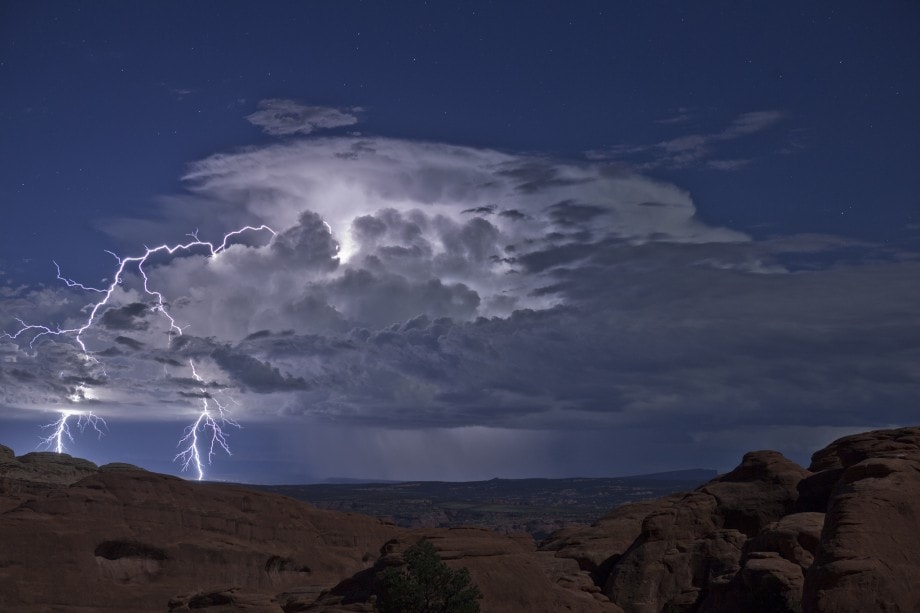
Knowing what to pack and wear is another important point. Among the essentials are water (64-100 ounces), snacks, sunglasses, sunscreen, rain jacket, warm layers, hat and gloves, map and compass, first aid kit and a head lamp. It’s also advisable not to go out in shorts. As well as sunburn you can get drenched by rain or frozen in freak snow storms, and the higher you get, the colder it gets. What you wear on your feet comes down to personal preference, some prefer boots, but others opt for lighter trail runners or shoes although the latter can increase the risk of a twisted ankle, or cold wet feet in a storm.
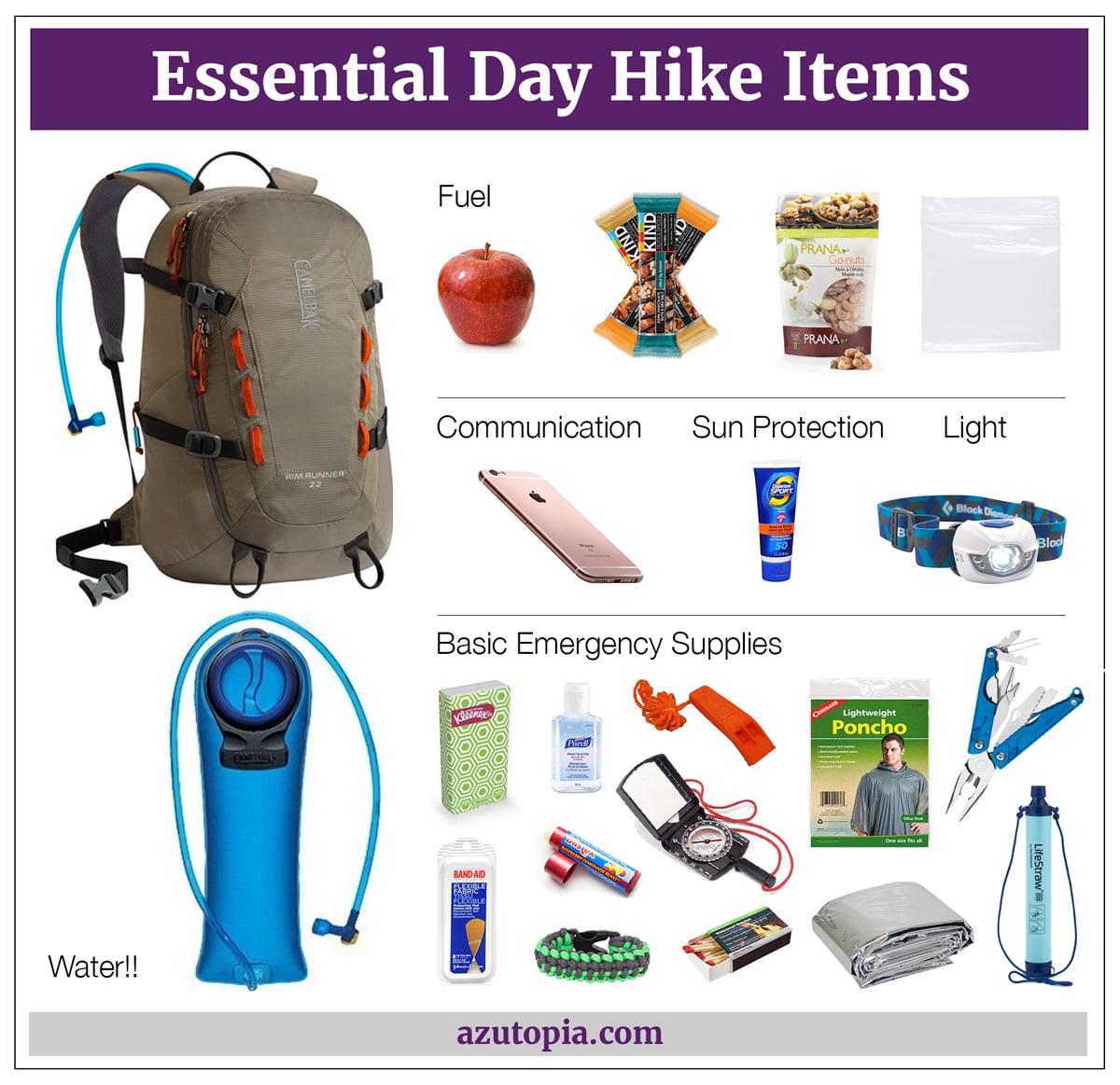
Altitude can have an adverse effect on anyone, regardless of age, fitness or previous experience. The only real cure for altitude sickness is to descend, but keeping hydrated and taking ibuprofen can also help. If possible, spend the previous night at or near the trailhead to help acclimatize.
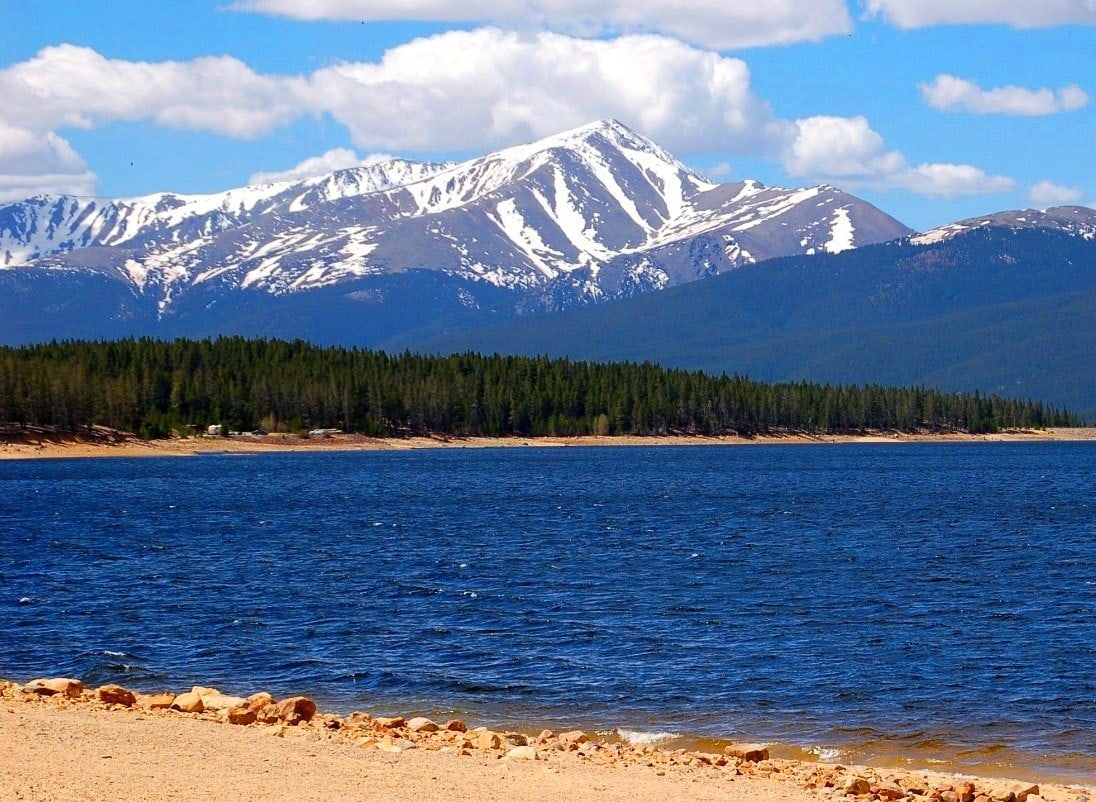
And finally, respect the eco system, leave no trace. Stick to paths, don’t cut switchbacks. Don’t pick flowers, keep dogs on leash and take all trash with you.
If you don’t feel ready to attempt a 14er, there are plenty of 13ers and 12ers to attempt and use as training for 14ers. Dziezynski says of the smaller peaks:
“They’re a little lower than the mileage on most fourteeners, but they’re a great place to figure out your body, figure out your pace.”
3 thoughts on “Climber Falls Off “Knife’s Edge” & Dies on 14,000-Foot Capital Peak, CO Yesterday | 5th Death on Colorado’s 14ers This Year”